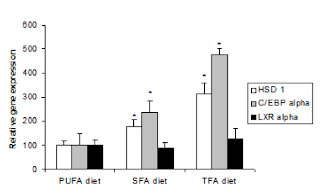Paradoxical Effects of High Dose GPLC Supplementation

GPLC is certainly among the more promising carnitines marketed for their ergogenic effects in professional, as well as recreational athletes. Now, a very recent study by Jacobs & Goldstein, which was published in the Journal of the International Society of Sports Nutrition ( Jacobs. 2010 ), indicates that inappropriate dosing may in fact decrease athletic performance . Of the 45 resistance trained men who participated in the study one group received either 4.5 grams GPLC or 4.5 grams cellulose (PL) 90 minutes before performing two testing sessions; one with, one without GPLC supplementation. The exercise protocol itself consisted of five 10-second Wingate cycle sprints separated by 1-minute active recovery periods. This first test was then followed by a supplementation period where subjects were randomly assigned to receive 1.5 g, 3.0 g, or 4.5 g GPLC per day for a 28 day with another third test following the four weeks of GPLC supplementation using the same testing ...








